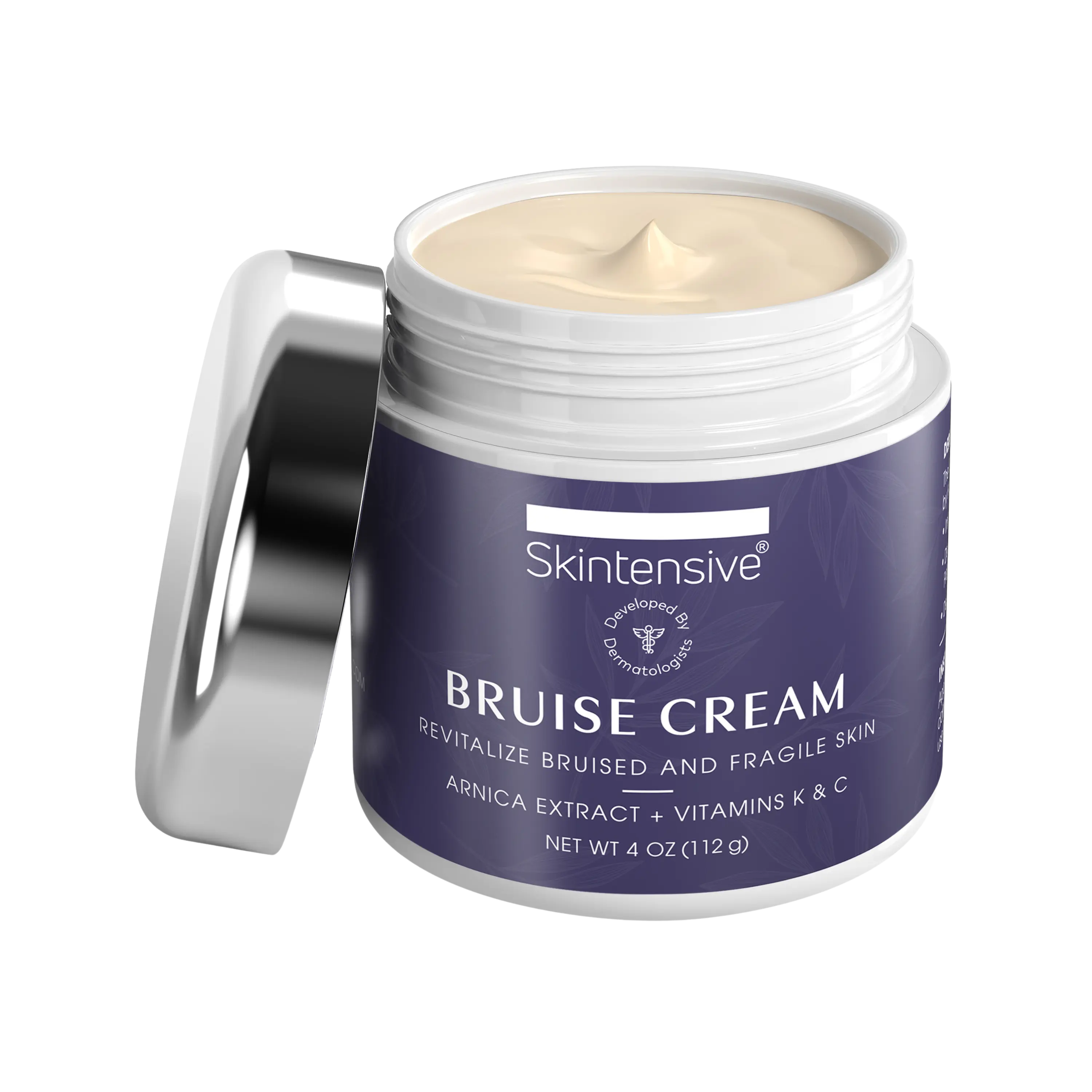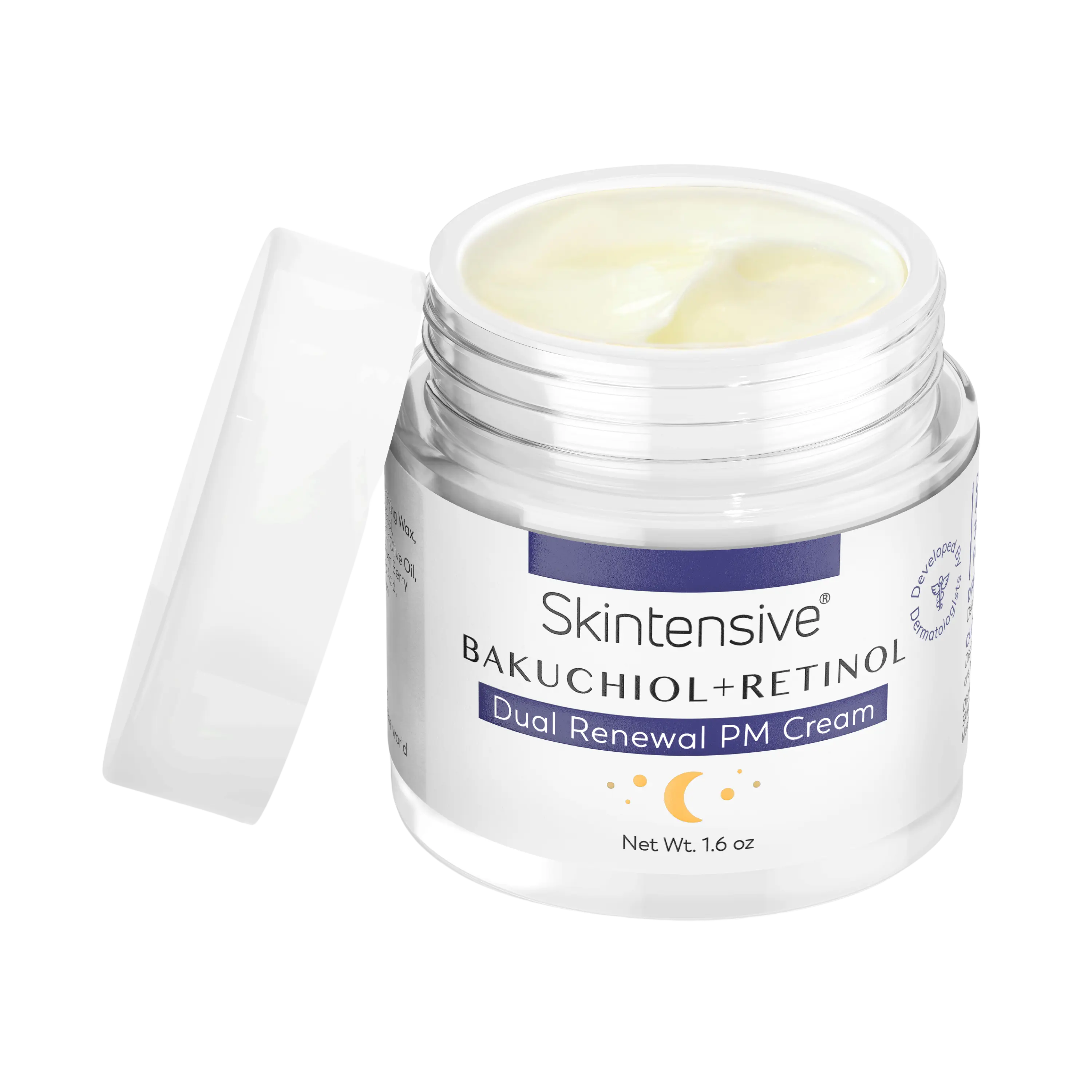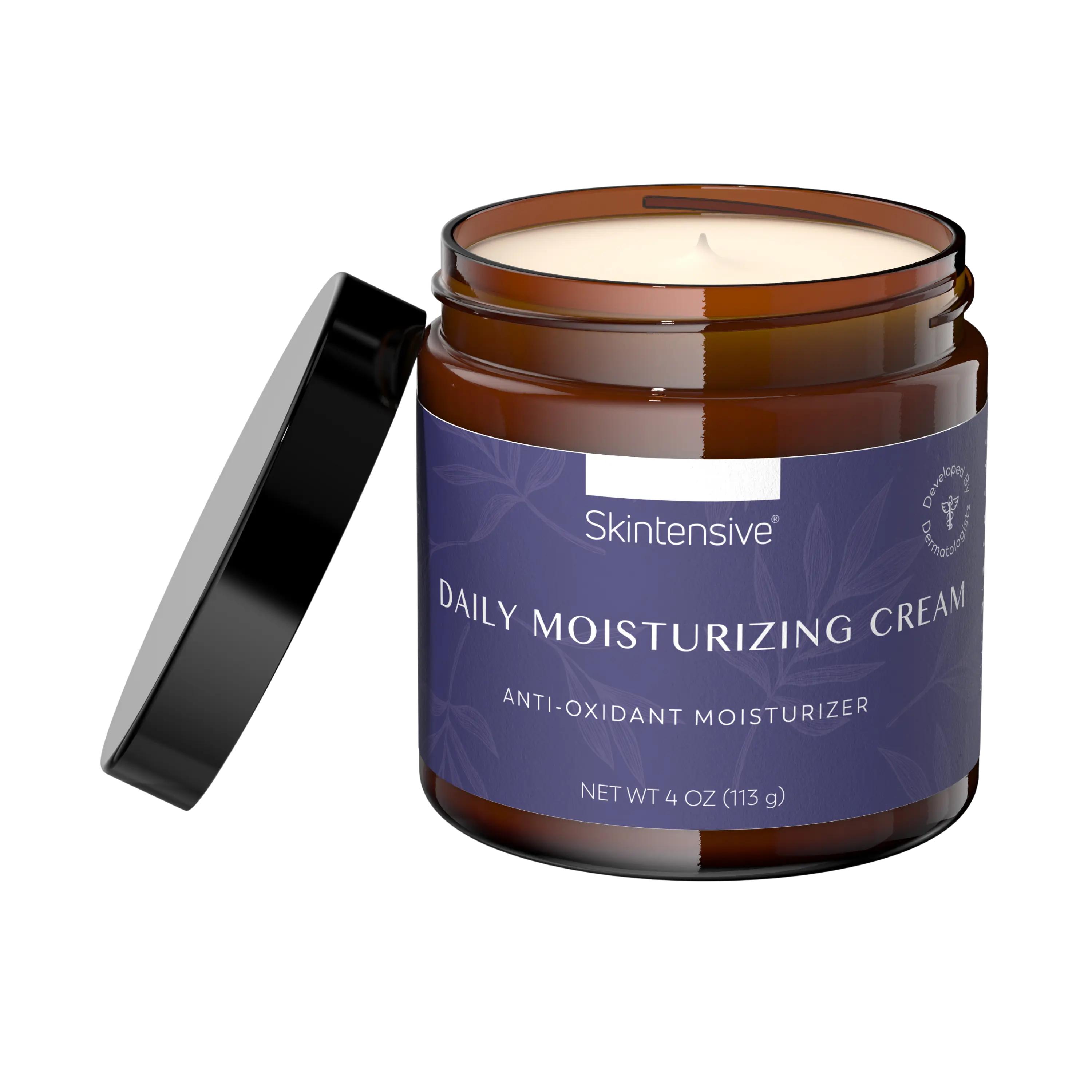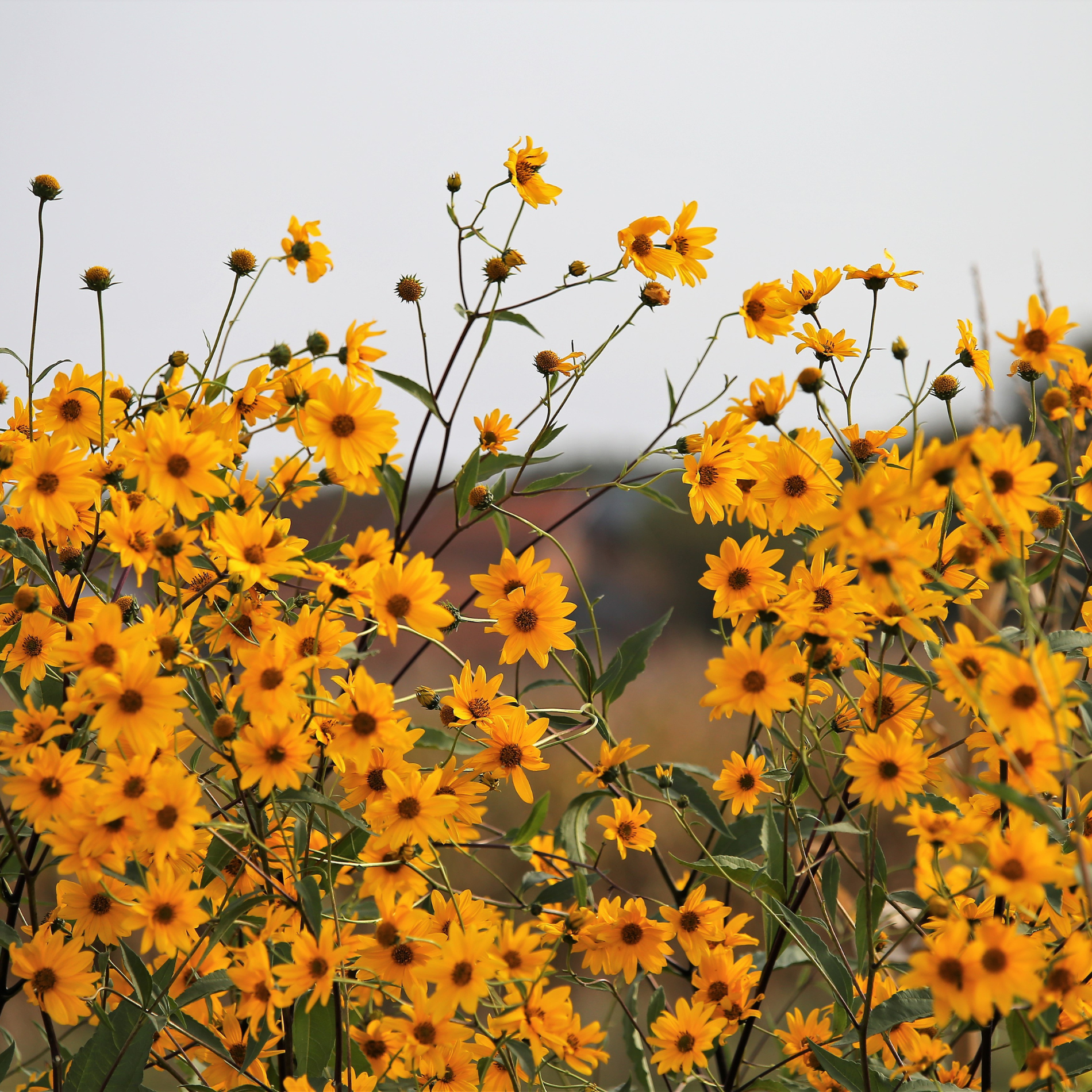How These Types of Skin Discoloration Show Up—And What You Can Do to Care for Your Skin Over Time
Author: Skintensive Team • Updated: August 7, 2025
- Not all dark patches on skin are bruises—many are harmless forms of purpura from sun or age.
- Sun exposure and aging thin the skin, leading to purple spots on arms and hands.
- Skintensive Bruise Cream can help soothe, support, and visibly improve fragile skin.
- Gentle, consistent skincare and sun protection can reduce recurrence and boost confidence.
Table of Contents
How these types of skin discoloration show up—and what you can do to care for your skin over time.
Not all bruises are the same. In fact, some of those dark patches that show up on your arms or hands might not be bruises at all. If you’ve ever noticed purplish spots that seem to appear out of nowhere—especially on sun-exposed or aging skin—you’re not alone.
These kinds of marks are often linked to changes in the skin’s structure over time and are commonly known as purpura. Three of the most frequently seen types are solar purpura, actinic purpura, and senile purpura. While they can look alarming, they’re usually not painful—and there are gentle ways to support your skin’s appearance if you’re looking for a little help.
Let’s break them down, talk about where they come from, and explore what options you might consider when taking care of your skin.
Purple “bruises” that appear suddenly with little or no trauma may be purpura—common on sun-exposed, aging skin.
Solar, Actinic, and Senile Purpura: A Sign of Sun-Stressed Skin, "No-Injury" Spontaneous Bruises, and Age Related Bruises
Solar, actinic and senile purpura are interchangeable names for the same condition. The different names are due to the different etiology of this condition, which is due to chronic sun damage, and aging.
Over time, sun exposure can take a toll on your skin—and solar purpura is one manifestation of chronic changes associated with sun and aging of the skin. These are dark, bruise-like patches that tend to appear on areas that get a lot of sun, like your forearms or the backs of your hands.
What’s happening under the surface? The UV rays from the sun can gradually weaken the tiny blood vessels just beneath your skin. When those vessels become more fragile, even light pressure or minor bumps might lead to noticeable discoloration.
Actinic purpura is very similar to solar purpura. It often appears in people with fair or thin skin and is caused by the same sun-related breakdown in skin structure. The big difference? These spots can appear without any impact or injury at all.
As we get older, our skin naturally becomes thinner and more delicate. Senile purpura is a common result of that process. You might notice spots or blotches that develop after the lightest bump or sometimes with no clear cause at all. Being on blood thinners can contribute to this process as well.
These marks often show up on the forearms or legs, where the skin is already thinner. It’s not dangerous, but it can be frustrating—especially when it shows up often or takes a while to fade. Having chronic bruising on the arms and legs can cause a lot of psychosocial morbidity, in which people avoid wearing short sleeves or shorts so as not to show the areas affected by the purpura.
Most people with actinic/senile purpura are 55+, and the spots fade on their own but may return with new bumps or sun.
What About Arnica Creams?
If you’ve searched for ways to improve how your skin looks after a bruise or discoloration, you’ve probably seen arnica mentioned. It’s a plant extract that’s been used for generations and is often included in topical creams aimed at helping the skin feel soothed and supported.
Using an arnica cream can be part of a skincare routine for people who want to:
- Support the look of clearer, more even-toned skin
- Calm areas of visible discoloration
- Improve the feel and texture of delicate skin
Arnica montana is a botanical used for centuries in herbal medicine and topical creams to support skin recovery.
Why People Choose Skintensive Bruise Cream
Among the arnica-based creams available, Skintensive Bruise Cream stands out for its gentle formula and thoughtful ingredient blend. It’s designed specifically for people dealing with skin that’s easily marked or discolored—whether from sun exposure, age, or simply sensitive skin.
The focus here is on supporting the skin’s natural look and feel. With arnica montana as a key ingredient, along with other key ingredients such as Vitamins C, E, and K, this cream can be a helpful part of your daily routine—especially if you’re looking to give your skin a little extra care.
Skintensive Bruise Cream blends arnica montana, vitamins C, E, and K for visible support of thin, easily marked skin.
Learn More
Clinically Proven Results: Cupping Trial
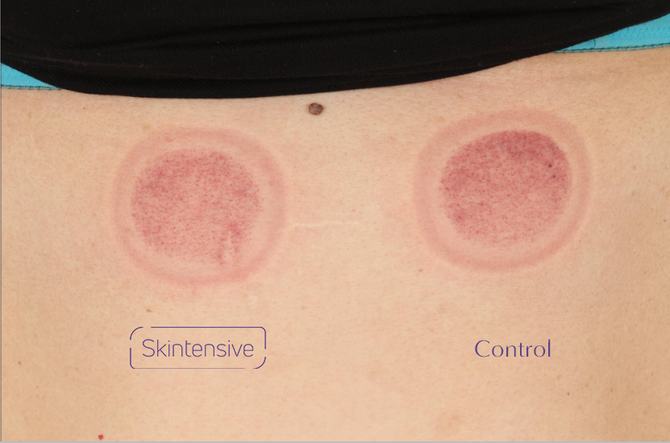
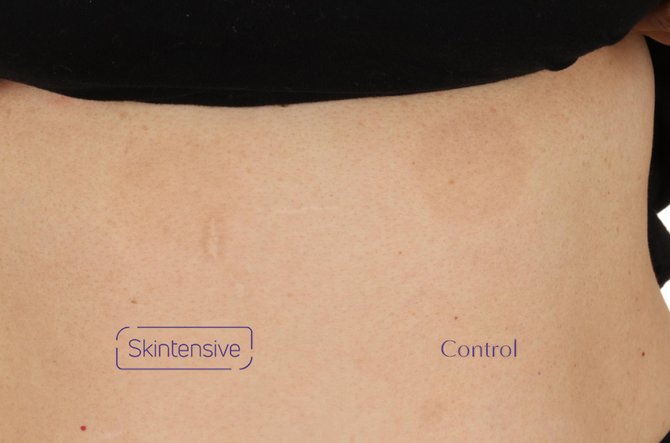
Visible results: In an IRB-approved clinical trial, 88% of users reported faster bruise improvement and 94% noticed visible skin enhancement in just one week.
Source: Skintensive Clinical Trials
Frequently Asked Questions
What causes purpura?
Can you prevent these marks?
Is Skintensive Bruise Cream safe for sensitive skin?
How long does it take for purpura spots to fade?
Ready to Support Your Skin?
Try Skintensive Bruise Cream for gentle, science-backed care. Shop all Skintensive solutions.
- Purple, bruise-like spots are common with age and sun—usually not dangerous, but can impact confidence.
- Daily gentle care, sun protection, and arnica-based creams (like Skintensive Bruise Cream) can visibly support fragile skin.
- If spots change rapidly or you have other symptoms, consult a healthcare professional.
The content in this article is not medical advice, but rather informational content. As a service to our readers, Skintensive provides access to our library of archived blog content. Please note the date of last review or update on all articles. No content on this site, regardless of date, should ever be used as a substitute for direct medical advice from your doctor or other medical professional.


